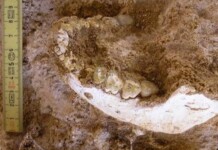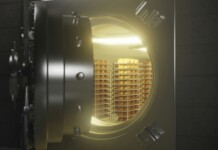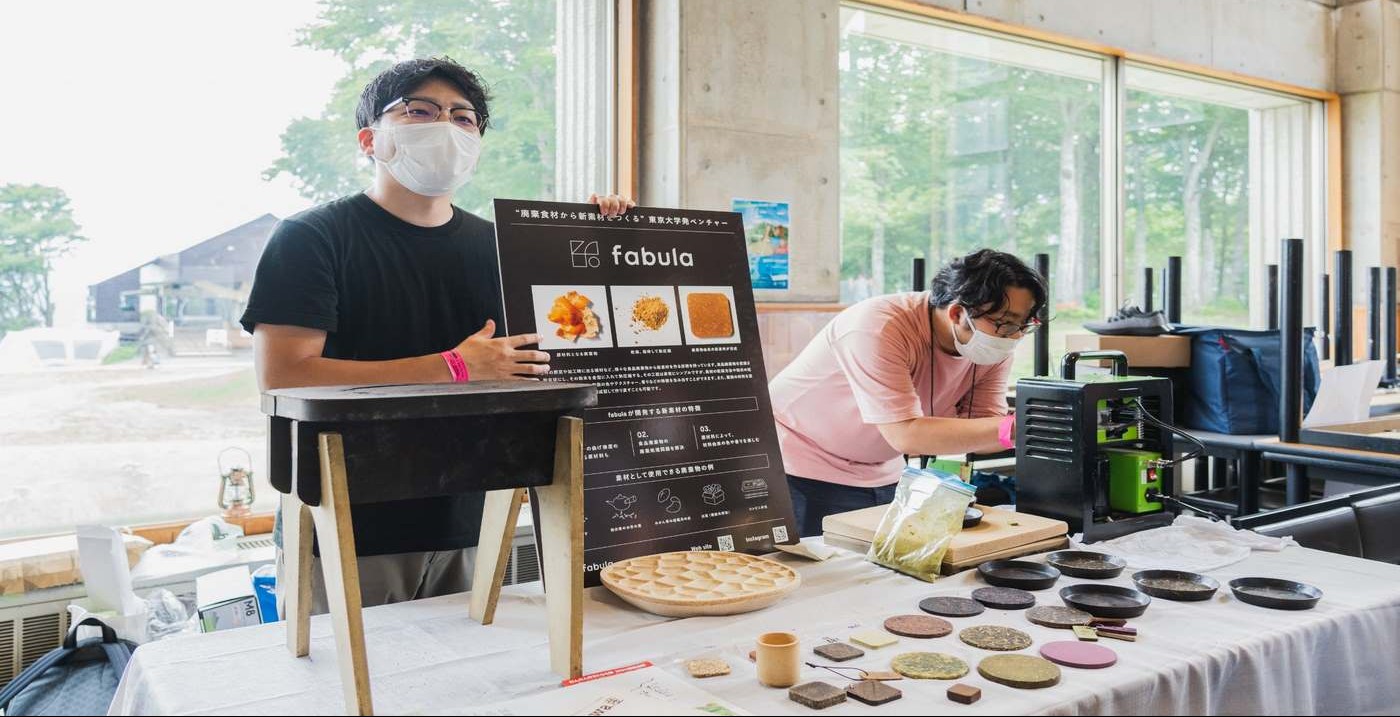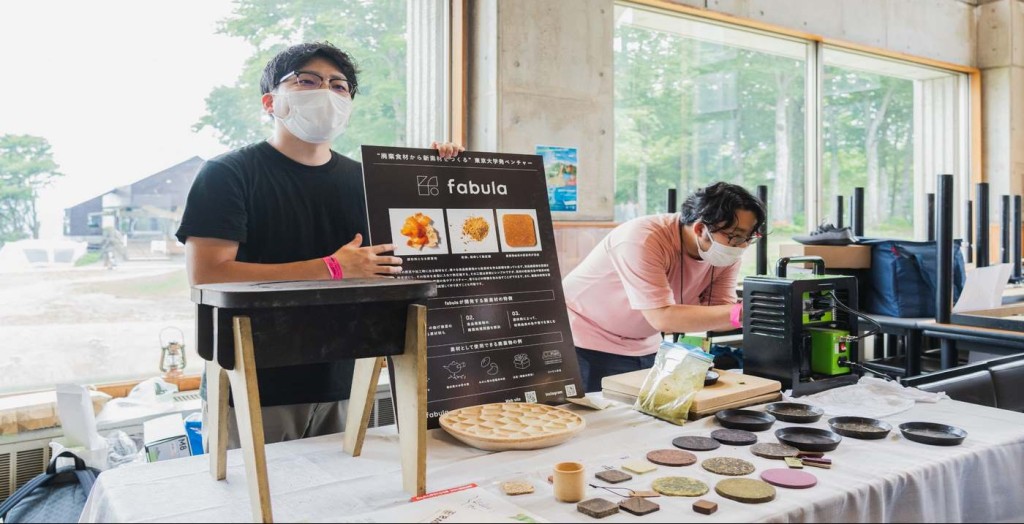
A pair of Japanese researchers have launched a startup that turns food waste into cement with 4-times better bending resistance.
The potential applications are endless, and as well as being potential building material, the cement can produce any kind of simple object like tea cups or chairs; but it’s also edible, and aromatic, and biodegradable.
Tokyo University’s Kota Machida and Yuya Sakai are the brains behind Fabula Inc, a project to reduce food waste, help curb global warming, reduce pressure on landfills, and offer a new way of looking at production with their method of turning common types of food waste into cement that’s edible and strong.
Cement production, according to the UK thinktank Chatham House, produces 8% of the world’s greenhouse gas emissions, or around 3.5 times as much as the airline industry, and while modern “bio” or “green” cement usually incorporates wood ash, coffee grounds, or another previously-living substance into normal cement mixtures, Fabula’s product is 100% biological.
It took years of development but the method is simple. Food waste is dried, turned into a powder, and then heat-pressed into a mold. The difficulties originally arose from the fact that every food item needed different temperatures and pressures to correctly solidify.
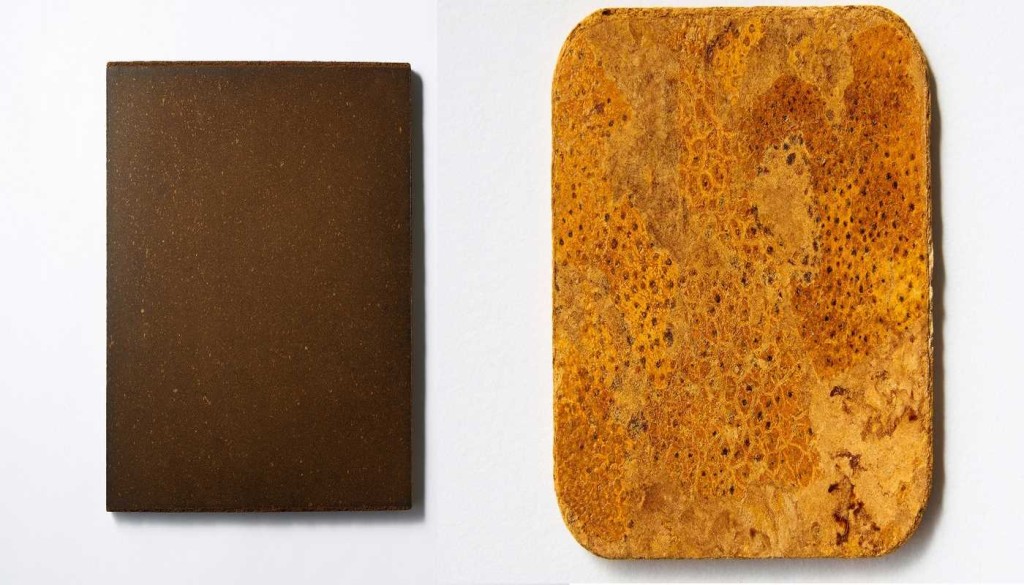
Now they can make cement from Chinese cabbage, coffee grounds, orange rinds, squash and pumpkin waste, banana peels, seaweed, and onion scraps. They’ve turned this into tiles and panels for emergency shelter building, cups, plates, and other things as proof-of-concepts.
Chinese cabbage produces the strongest cement, oddly enough, with a 5 millimeter plate capable of supporting over 60 pounds of weight.
SIMILAR: Scientists Have Used Mushrooms to Make Biodegradable Computer Chip Parts
Sakai told the AP he and Fabula are working with firms to produce various products like cup sets and furniture, but that his aspirations are a little bit higher—that of edible emergency shelters in disaster zones.
“For example, if food cannot be delivered to evacuees, they could eat makeshift beds made out of food cement,” he said.
Indeed the food waste cement is edible, if it is broken into pieces and boiled. For this reason, Fabula say that different mixes of materials, such as spices, can produce different flavors, colors, and even aromas in the cement.
RELATED: Breakthrough Zero-Carbon Fertilizer Set to Take Root Across the World as ‘Biochar’
One could build a literal gingerbread house, or a restaurant that offers booths which smell of component elements to their tasting menus.
Japanese news reports that the country produced around 5.7 million tons of edible food waste in 2019 and the government aims to reduce that around 2.7 million tons by 2030. Among industrialized and developed nations, Japan is the 11th largest producer of food waste per capita, so the practical need for edible cement is also there.
MORE LIKE THIS: From Beer to Biogas: Creating Green Energy Using Brewer’s Grain Farm Waste
As it’s entirely made of food, there’s no need to worry about disposal: it will eventually biodegrade if not treated.
“Our ultimate hope is that this cement replaces plastic and cement products, which have worse environmental impacts,” Machida told AP.



